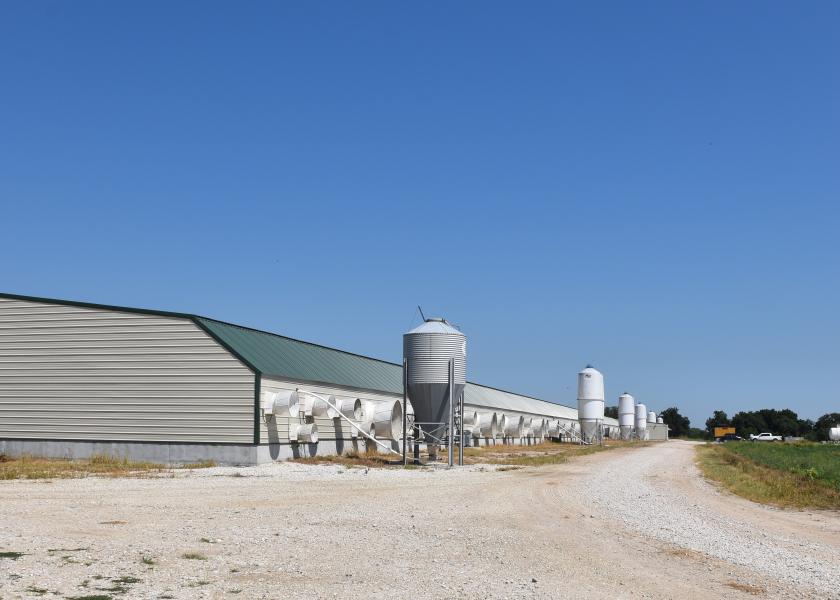Post-Weaning Scours: No One-Size-Fits-All Solution

By Amy Maschhoff, director of health and animal care for The Maschhoffs
Post-weaning scours is a big topic of discussion. For a production system with commingled sow farms, even with like-genetic and epidemic disease status, there is always opportunity for improvement.
At times, it’s easy to approach post-weaning scours in a large system from a one-size-fits-all approach. However, in the past few years, the Maschhoffs health and animal care team has started taking a customized regional and flow approach, an internal term for commingled sow farm wean pigs.
Try A New Approach
Historically, we have standardized the approach for pre-farrow enteric vaccines and used one master vaccine across the system, applying this standard to farms in several locations and regions. To simplify protocols and capture pricing benefits, the health team took a surface-level approach, underutilizing the knowledge our team and industry had regarding enteric pathogens.
Continued advancement of diagnostic technologies and techniques have allowed our herd veterinarians the opportunity to drill down into their specific farm and flow needs. Through collaborations with pharmaceutical companies and diagnostic labs, the health team has been able to better understand the disease on the surface while using sequencing and typing to protect against specific strains of enteric diseases. This better sets up passive immunity and gut health for piglets within a farm and flow.
For example, instead of using a commercial vaccine or master system prescription vaccine selection based on one type of rotavirus, veterinarians have taken a more targeted approach over the past year and requested sequencing to understand the capsid proteins and farm-specific rotavirus strains. Our vaccines are now more specific and increase chances of improved cross protection.
Seek Constant Improvement
Rotavirus isn’t the only pathogen that the herd veterinarians have been typing by flow. With three major production operating regions, each of our veterinarians have had the opportunity to prioritize the specific challenging strains of E. coli by examining fimbrial types and specific virulence factors.
There are complexities and advantages of this customized approach to pre-farrow vaccines. Change in any large system requires communication. It also took collaboration with our procurement teams to ensure our internal ordering system was prepped with proper regional vaccine names so managers could find their farm and flow specific vaccines easily. Our animal care team diligently updated work instruction tools for farm staff to use with images indicating new labels for product changes on-farm, too.
The flexibility of this approach will be a great improvement moving forward. As sow farms move in and out of a flow due to genetic changes, epidemic disease, housing systems and other changes, the health team will have greater ability to lift and shift pre-farrow vaccination approaches to match the specific farm and flow needs at certain points in time.
Though vaccines are one tool in the toolbox for managing enteric disease challenges, our team is encouraged to continue to improve our processes to better pig health and performance.







